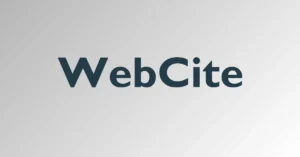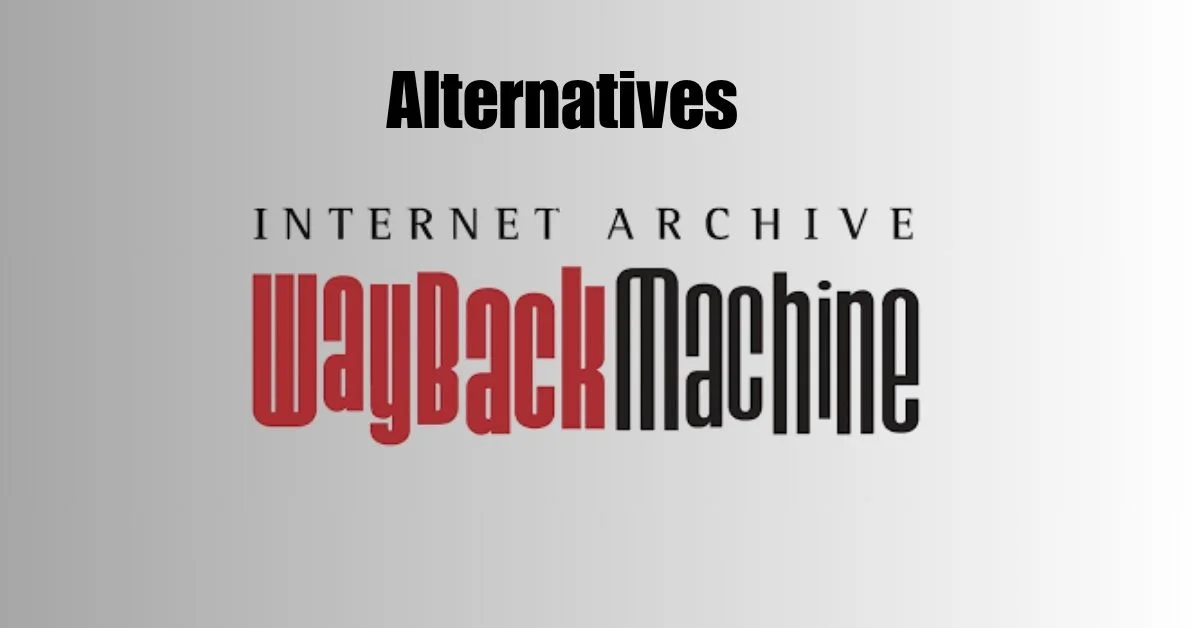In this guide, you’ll learn about the best free alternatives to the Wayback Machine, how they work, and how to use them for SEO research and content recovery.
Why Consider Alternatives to the Wayback Machine?
The Wayback Machine by the Internet Archive is a widely used and powerful tool, but it does come with some limitations:
- It doesn’t capture every website or every version of a page.
- Some websites block their crawlers using robots.txt.
- It may not render dynamic content like JavaScript-heavy websites.
- There can be delays in updates or access during server issues.
This is where other archiving tools come into play. Whether you need to recover lost blog posts, analyze a competitor’s older landing page, or find a broken link, these free alternatives can help.
Best Free Wayback Machine Alternatives for SEO and Content Recovery
Below are the top free tools that serve as alternatives to the Wayback Machine. Each has its own strengths, depending on your needs.
1. Archive.today (also known as Archive.is, Archive.ph)

What it does:
Archive.today captures snapshots of web pages that include both text and images, and it stores them permanently. It also takes a screenshot of the page, which can be helpful when dynamic elements fail to render properly.
Why it’s useful:
- Instant archiving without account sign-up.
- Bypasses many web restrictions.
- Effective for capturing disappearing guest posts, forum threads, or news articles.
Use case for SEO:
You can use it to save competitor pages, document your own backlinks, or recover a recently deleted post.
2. Memento Time Travel

What it does:
Memento is not a web archive itself but a search interface that brings together data from multiple archives like Wayback Machine, Archive.today, and other national and institutional archives.
Why it’s useful:
- Aggregates results from various sources.
- Helps find versions missed by individual archives.
- Ideal for older or less popular websites.
Use case for SEO:
Use Memento to ensure no historical version of a page is missed when doing content audits or backlink recovery.
3. WebCite

What it does:
WebCite was designed primarily for academic purposes, allowing citations of web content that might change or disappear over time. Although it no longer accepts new submissions, the previously archived content is still accessible.
Why it’s useful:
- Useful for finding scholarly references.
- Helps recover pages cited in research that are no longer live.
Use case for SEO:
You may recover authoritative links or research citations used in educational or whitepaper content.
4. Conifer (formerly Webrecorder)

What it does:
Conifer allows you to record sessions of your browsing activity, capturing everything from simple HTML to interactive elements like video, audio, and complex JavaScript interactions.
Why it’s useful:
- Provides an interactive replay of captured sessions.
- Saves rich content that other tools may miss.
- Free tier offers up to 5 GB of storage.
Use case for SEO:
Conifer is ideal for saving live experiences of dynamic websites, such as tools, dashboards, or portfolio pieces.
How to Use These Tools for SEO and Recovery Work?
Understanding how to effectively use these tools can streamline your workflow. Here’s how you can apply them to your projects.
Recover Deleted or Lost Pages
If a page you once relied on for content, citations, or links is now down, use Archive.today or Memento to locate a snapshot. If dynamic content is required, try Conifer.
Reclaim Broken Backlinks
Use SEO tools like Ahrefs or SEMrush to identify broken backlinks to your website or your competitors’. Locate the archived version of those URLs using Memento or Archive.today. Then, recreate similar content and reach out to site owners for backlink replacement.
Track Competitor Content Over Time
Use archive tools to compare different versions of competitor sites. Look at how their homepage layout, blog strategy, or product descriptions evolved. This can inform your own content strategy.
Document Content Placement
If you publish guest posts, sponsored content, or press releases, it’s a good idea to archive them immediately using Archive.today. This helps maintain proof in case the original content is edited or removed later.
Comparison Table: Best Wayback Machine Alternatives
| Tool | Instant Save | Dynamic Content | Aggregated Sources | Best Use Case |
| Archive.today | Yes | Basic JS support | No | Quick snapshots of live or deleted pages |
| Memento | No | No | Yes | Broad search across multiple archives |
| WebCite | No | No | No | Academic and reference recovery |
| Conifer | Yes | Full support | No | Capturing interactive/dynamic web sessions |
Step-by-Step: Recovering Lost Content
If you’ve lost access to an important web page, follow these steps:
- Copy the full URL of the lost page.
- Visit Archive.today and paste the URL into the search bar.
- If no results appear, go to Memento Time Travel and try the same URL.
- For rich or interactive content, log in to Conifer and record the session by visiting a cached version of the site.
- Save and download the archived content for safekeeping or content recreation.
Best Practices for Reusing Archived Content
When using archived content, keep in mind:
- Avoid copying large portions of archived text directly. Rewrite and add your own insights.
- Give credit to original sources when referencing archived pages.
- Use archived pages for research, not duplication. Search engines can penalize duplicate content.
- Document your process, especially if using content for legal or compliance reasons.
Conclusion
While the Wayback Machine is still the most popular tool for viewing old web pages, it’s not the only one available. Free Wayback Machine alternatives like Archive.today, Memento, WebCite, and Conifer offer unique features that are valuable for SEO research, content recovery, and competitor analysis.
Each tool has its strengths. Archive.today is excellent for instant snapshots. Memento offers broad historical searches. WebCite is useful for academic referencing, and Conifer captures complex, interactive sites. By using the right tool for the right job, you can confidently restore, research, and reuse digital content that would otherwise be lost.





